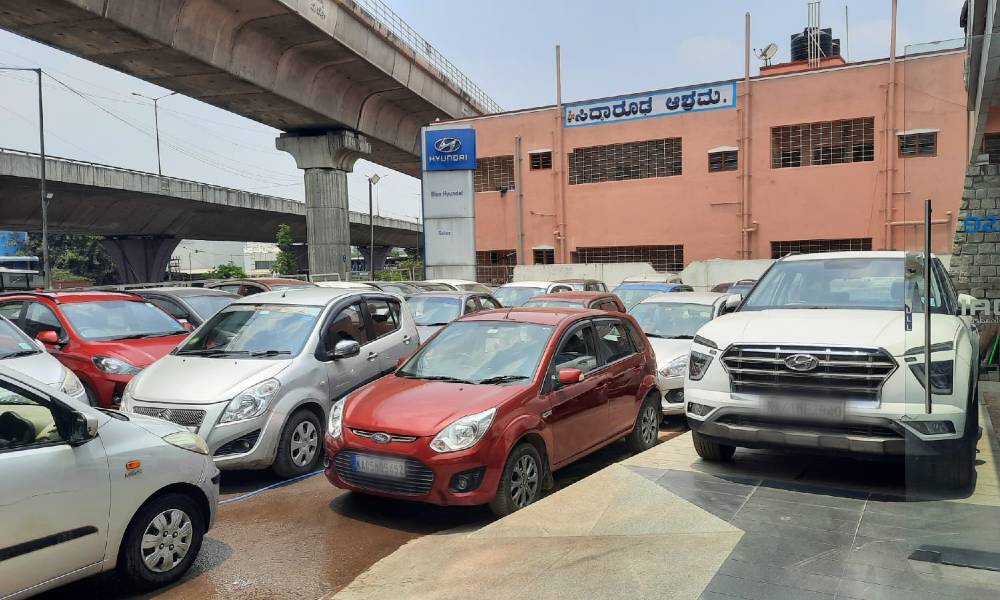Should you offer it, ditch it, or give it away? Getting rid of an old vehicle is not as simple as it appears.
I have only ever possessed 2 vehicles, and a thief relieved me of the last one. So when it pertained to biding farewell to my inoperative 13-year-old Alfa estate, lying deserted with a lifeless battery outside my residence since November, I knew I had no idea how to actually get rid of an automobile. Could I sell it? Scrap it? Give it away? To find out these answers, I turned to a trusted scrap car Singapore agent to understand the car scrap and recycling process.
A look at the car recycling process
One million automobiles are scrapped yearly. What really happens at a scrap yard?
With 2.47 million new car sales documented in the United Kingdom in 2014– the largest for a 10 years– it implies numerous old vehicles will have ended up at the dump. Actually, it is estimated that over 1 million automobiles are smashed each year. Yet what exactly happens to an automobile when it is scrapped and how is it separated? Here Sell Your Jamjar, the very first online automobile buying service to be developed in the UK in 1999, explains the scrap car procedure from beginning to end with some interesting truths.
When you scrap your car, it needs to be lawfully scrapped by what is called an Authorised Treatment Facility (ATF). Here the vehicle has all dangerous substances taken out and components that can be reused recovered before it is crushed and recycled.
The challenge of recyclers in the industry
We’re doing the hefty lifting, not the car manufacturers. We obtain extremely little support. We also have to acquire the scrap cars. Carus states that although around 75% of a vehicle is metal and reasonably easy to recycle, what lingers– plastics, compounds, carbonfibre and glassfibre– has needed a substantial investment from the recycling market to process. This leftover portion of a scrapped automobile is, he states, how the automobile industry can assert to have reached its 95% target.
As an example of the financial investment EMR has needed to make, he points to a process the firm has established wherein the distinct properties of various sorts of recouped plastic can now be kept for reuse. We’ve invested millions of dollars in innovation and procedures to allow us to maintain the distinct qualities of the plastics we draw out, but the car market is hesitant to use such materials. The problem is not helped by the low cost of oil, which makes producing and utilizing new plastics more desirable to them.
The problem of recycling plastics is experienced at the more traditional ATF level, as well. The only previously owned plastic components we can offer are bumpers, a lot of which we deliver abroad. We likewise distribute engines to foreign purchasers, and circuitry looms are sent for gutting to China. The investment required for this model is large, while the margins are extremely little.





